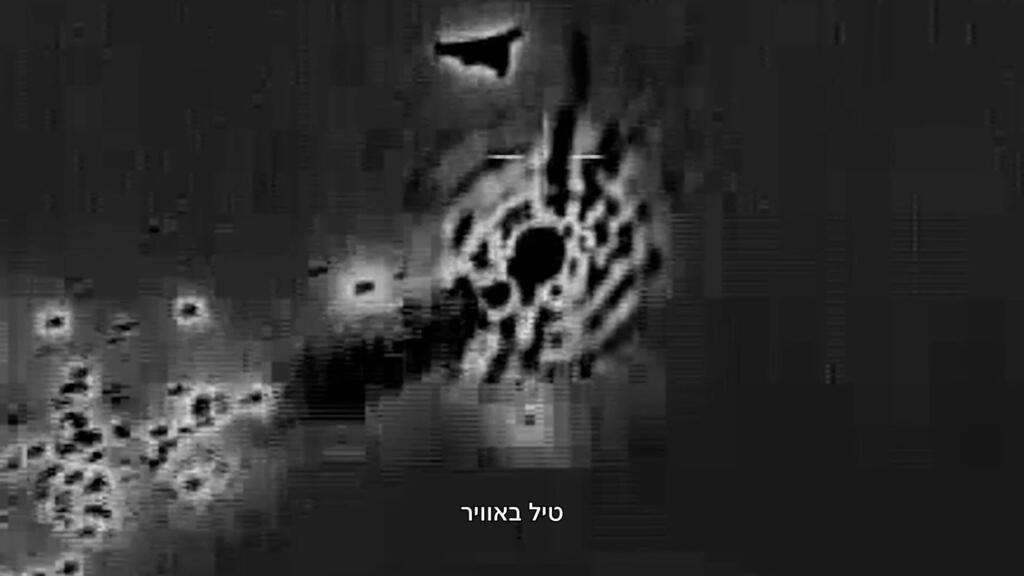Since the start of Operation Rising Lion on the night between Thursday and Friday, Iran has launched approximately 200 UAVs toward Israel. By Tuesday, about 24 hours after the first interception using the LARD missile from the new Saar 6-class missile ship’s Barak Magen system, it was revealed that naval forces have intercepted around 30 Iranian UAVs since the beginning of the current campaign—at a launch and interception rate roughly equivalent to the most intense periods of fighting against Hezbollah less than a year ago, with a success rate reaching 100%.
Navy intercepts Iranian UAVs
(Video: IDF Spokesperson's Unit)
Unlike previous confrontations, the Iranians have so far failed to strike any Israeli targets with UAVs launched directly from Iran, despite having fired more than 200 drones since Friday morning. Some were launched in massive swarms, with dozens of UAVs launched simultaneously, while others were sent in smaller groups, attempting to penetrate Israeli airspace from the Arava to the Golan Heights, through the Jordan Valley, around the clock.
Get the Ynetnews app on your smartphone: Google Play: https://bit.ly/4eJ37pE | Apple App Store: https://bit.ly/3ZL7iNv
The Air Force has so far managed to repel these attacks, which are difficult to detect and intercept, but over the past two days, Navy forces have joined the complex mission more intensively, deploying a variety of interception systems from their ships in both the Red Sea and the Mediterranean Sea. These include the naval dome system, Barak missiles, and the new and expensive LARD missiles from the Barak Magen system, which successfully intercepted a UAV on Monday. This multi-layered approach allows the IDF to better manage its munitions economy and address the significant challenges of Arrow missile stockpiles, which are fired in large numbers daily to counter Iran’s ballistic missile barrages.
"We’ve reached a level of cooperation with the Air Force that we’ve never had before, with dozens of launch detections from Iran identified from the sea and relayed to the Air Force, which determines who will carry out the interception mission. We’re protecting the economic and sovereign waters and the gas rigs around the clock, which so far have not been attacked by the Iranians," said the Navy. The Navy is deployed with more than a thousand personnel and operating at full capacity across all arenas, with its forces also taking part in the most sensitive missions in the Iranian theater, utilizing submarines, missile ships, and Shayetet 13 naval commandos.





